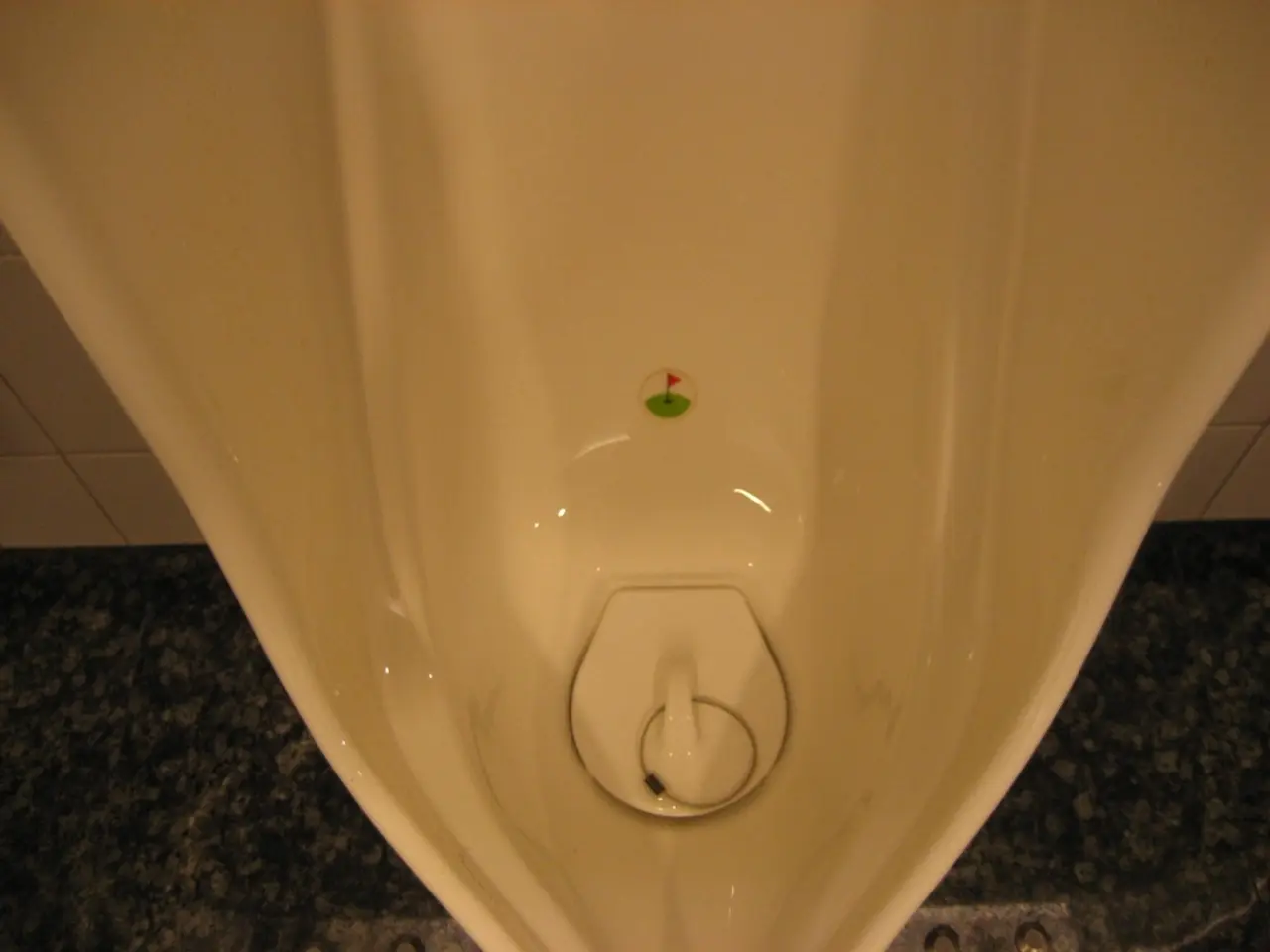Prostate Surgery: Preserving Nerve Plexus Crucial for Erection
Prostate surgery necessitates careful attention to maintain the integrity of the fascial shell, encasing the prostatic plexus. This nerve bundle, vital for penile erection, originates from the pelvic plexus and supplies the corpora cavernosa via the cavernous nerves.
The prostatic plexus comprises two sets of nerves: the greater and lesser cavernous nerves. These travel to the corpora cavernosa, supporting penile erections, and also reach the vesiculae seminales, which secrete seminal fluid. Damage to this plexus, often due to surgical injury, can lead to erectile dysfunction.
The venous prostatic plexus, containing prostatic veins, is partly within the prostate's fascial shell and partly between the prostatic capsule and the shell. Preserving this structure during surgery is crucial to maintain proper blood flow and nerve function.
Prostate surgery's success hinges on preserving the prostatic plexus and its fascial shell. Damage to this nerve bundle can result in erectile dysfunction. Surgeons must deftly balance removing the prostate and safeguarding these critical structures to ensure patient recovery and quality of life.




